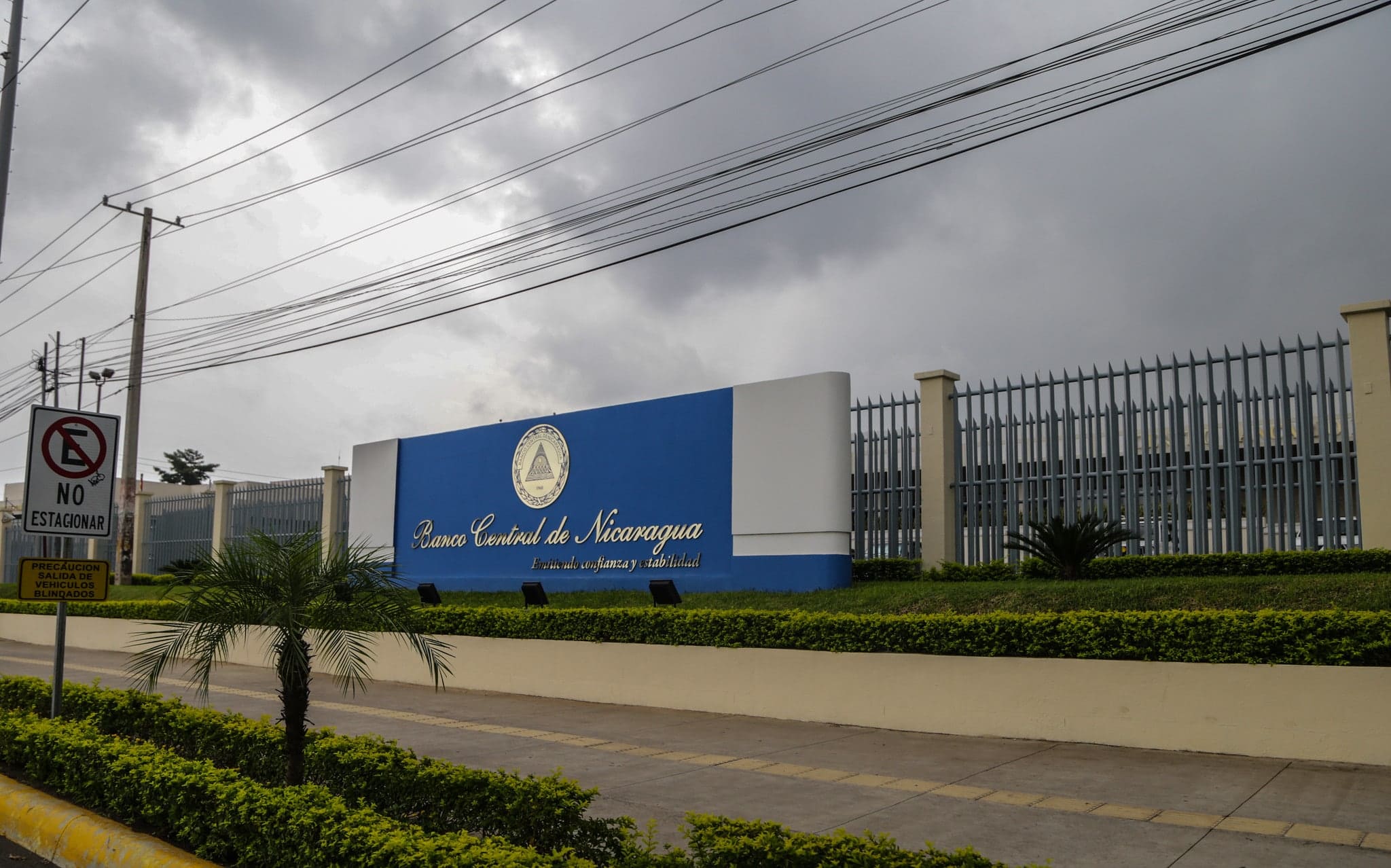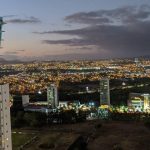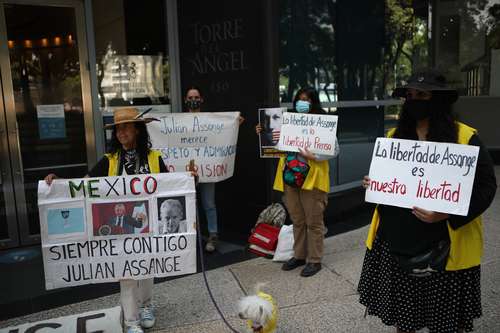The Central Bank of Nicaragua (BCN), reached new levels of optimism, by raising its forecast of growth of the gross domestic product (GDP), for 2021, which now ranges between 6% and 8%, leaving behind its initial projections, which they placed it between 4% and 6%, and the later, which placed it between 5% and 7%, after observing that the GDP of the second quarter grew 16.7% year-on-year, and that the first semester accumulated a growth of 9.9%.
The calculations of various organizations indicate that this year, Nicaraguan GDP will grow significantly, including S & P Global and The Economist Intelligence Unit (both with 6.0%), the World Bank (BM, with 5.5%), the International Monetary Fund (IMF, 5.0%), before declining again in 2022, and subsequent years.
According to the State of the Economy and Perspectives, prepared by the BCN, dated October 2021, “the rapid recovery after the pandemic occurred in 2020 because Nicaragua maintained a policy of free mobility without forced confinement, to facilitate the economic activity of the small and medium businesses ”, which, in practice, shows that in Nicaragua the economy was prioritized over the health of the citizens.
“In 2021, the rapid recovery occurs due to the advancement of the vaccination process, a balanced fiscal policy and the promotion of financial stability, which improved expectations, reactivating demand and production,” adds the Bank, which supports its projection of growth in an external factor: “the recovery of the world economy, which will have a positive effect on export demand, the remittances and the private flow of financing”.
Within the local area, they include “the recovery of credit”, which in reality is going very slowly; “The advance of vaccination ”, which also progresses very slowly, and “the best expectations that have activated consumer and investment spending”, despite the deterioration of the business climate, as a reaction to the worsening of the national political crisis, given the decision of the imprison the opposition leadership, for to win the November 7 voting.
The governing body of the economy ensures that there is “a significant improvement in tax collection”, combined with “a prudent policy in terms of spending, prioritizing social spending on health and investment in productive infrastructure.”
The data show that the taxes collected between January and August 2021, had a year-on-year growth of 29.2%, compared to -1.9% in August 2020, “mainly explained by the recovery and dynamism of economic activity, coupled with the returns of the tax reform of the year 2019”, Which, as is known, mainly benefited the Government, to the detriment of business activity from the country.
Increased collection It is mainly explained by the interannual growth of IR (24.6%), VAT on imports (38.7%) and domestic VAT, which grew at a rate of 31.6%.
More affiliated with the INSS; more international reserves
Employment stabilized presenting a unemployment rate moderate. After a global labor participation rate was observed on the rise at the end of the second half of last year, during 2021 it returned to the average, indicating that the labor market has not yet completed its adjustment and that the pandemic could be affecting both labor supply and demand.
The data show that affiliation to the Nicaraguan Social Security Institute (INSS) closed September with 756,152 workers, which represents 59,327 more people (8.5% more than in September 2020), and 32,946 additional contributors, (4.6%) to which it counted in December 2020, “stabilizing the growth from April”.
The Bank also highlights that “the performance of the monetary and fiscal sector variables continued to favor the strengthening of gross international reserves (RIB), reaching in September 2021 a balance of 4,058.3 million dollars, which represented an accumulation of 846.4 million of dollars with respect to the level of December 2020 ”.
This is explained, in part, by the allocation of Special Drawing Rights by the IMF, by the equivalent of $ 353.5 million; the greater investments of the financial system in the BCN for 307.5 million dollars, and the greater transfer of resources from the Public Treasury to the Central Bank, with which the coverage indicators of the RIB improved until reaching 3.63 times the monetary base, and adding the equivalent of 8.46 months of imports, “which strengthens the current exchange regime.”
For its part, accumulated inflation was 3.49% as of September 2021 (0.63% as of September 2020) and interannual inflation grew by 5.86% (2.81% in September 2020), mainly due to the 2.76 percentage points contributed by the division of food and beverages, and 0.92 percentage points of the category ‘transport’.
The Report also shows that, in September 2021, deposits in the banking system grew 14.1% year-on-year, “reflecting a favorable fundraising dynamics since December 2019”, while bank credit grew 3.1%. The overdue portfolio and in judicial collection it was reduced, but still represents 3% of the gross portfolio.
Finally, the loan portfolio of microfinance institutions closed the first semester with a gross loan portfolio balance of 8334.3 million córdobas, 10.4% higher than the 7,550.9 million accumulated in the first quarter of 2021, with a default of 4.1% of the gross portfolio, lower than the 4.4% registered in the first quarter 2021.

















